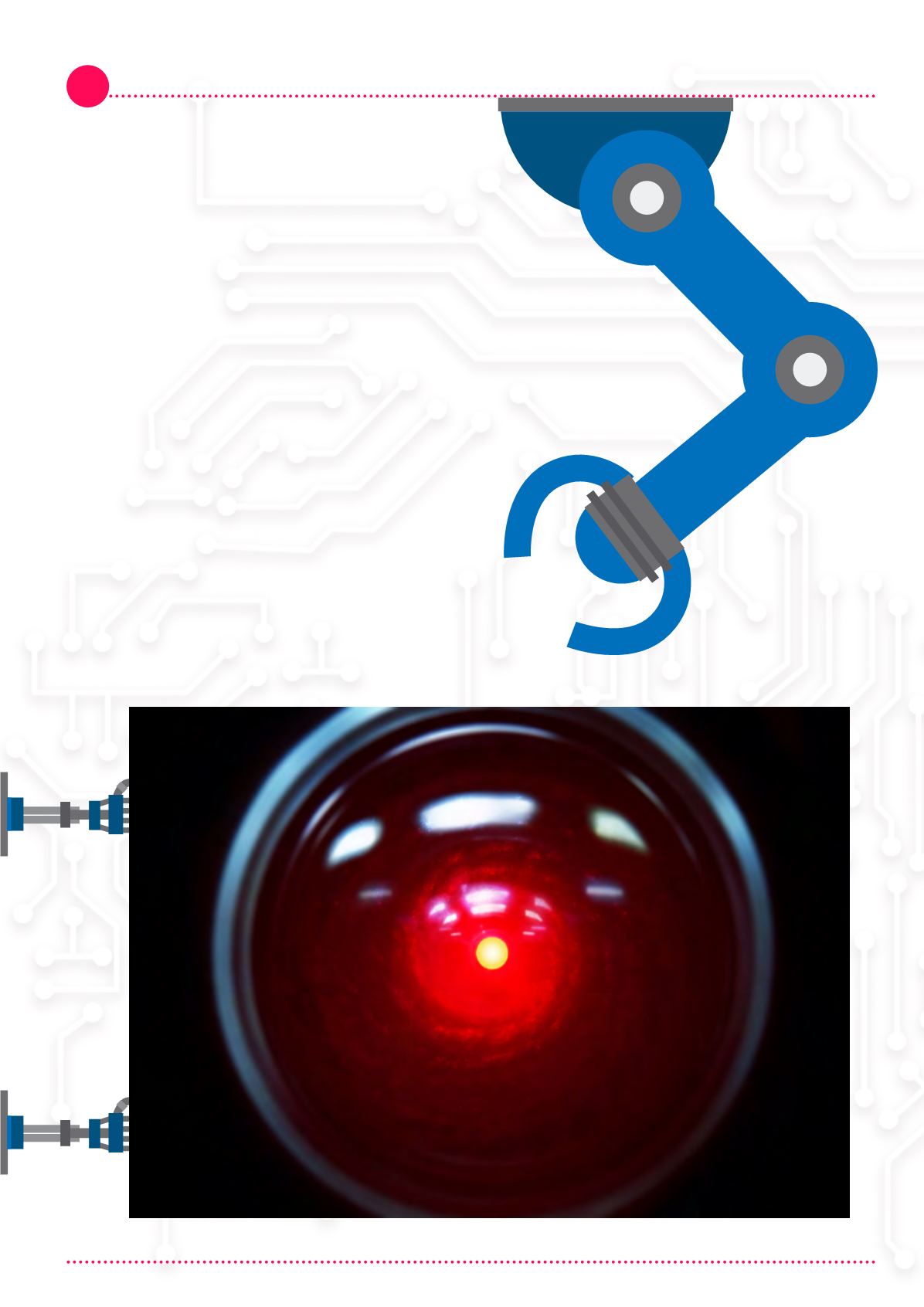

42
AIQS
News
75
couldn’t comprehend this distinction, this ignorance
might be excusable. We might blame his trainers—
for not briefing him sufficiently about the existence
and reversibility of the comatose state. In the book,
Clarke looks into HAL’s mind and says, “He had been
threatened with disconnection; he would be deprived
of all his inputs, and thrown into an unimaginable
state of unconsciousness”. That might be grounds
enough to justify HAL’s course of self-defense.
But there is one final theme for counsel to present
to the jury. If HAL believed (we can’t be sure on what
grounds) that his being rendered comatose would
jeopardize the whole mission, then he would be in
exactly the same moral dilemma as a human being in
that predicament. Not surprisingly, we figure out the
answer to our question by figuring out what would be
true if we put ourselves in HAL’s place. If I believed
the mission to which my life was devoted was more
important, in the last analysis, than anything else,
what would I do?
So he would protect himself, with all the weapons at
his command. Without rancor— but without pity—
he would remove the source of his frustrations. And
then, following the orders that had been given to him
in case of the ultimate emergency, he would continue
the mission—unhindered, and alone.
HAL 9000


















